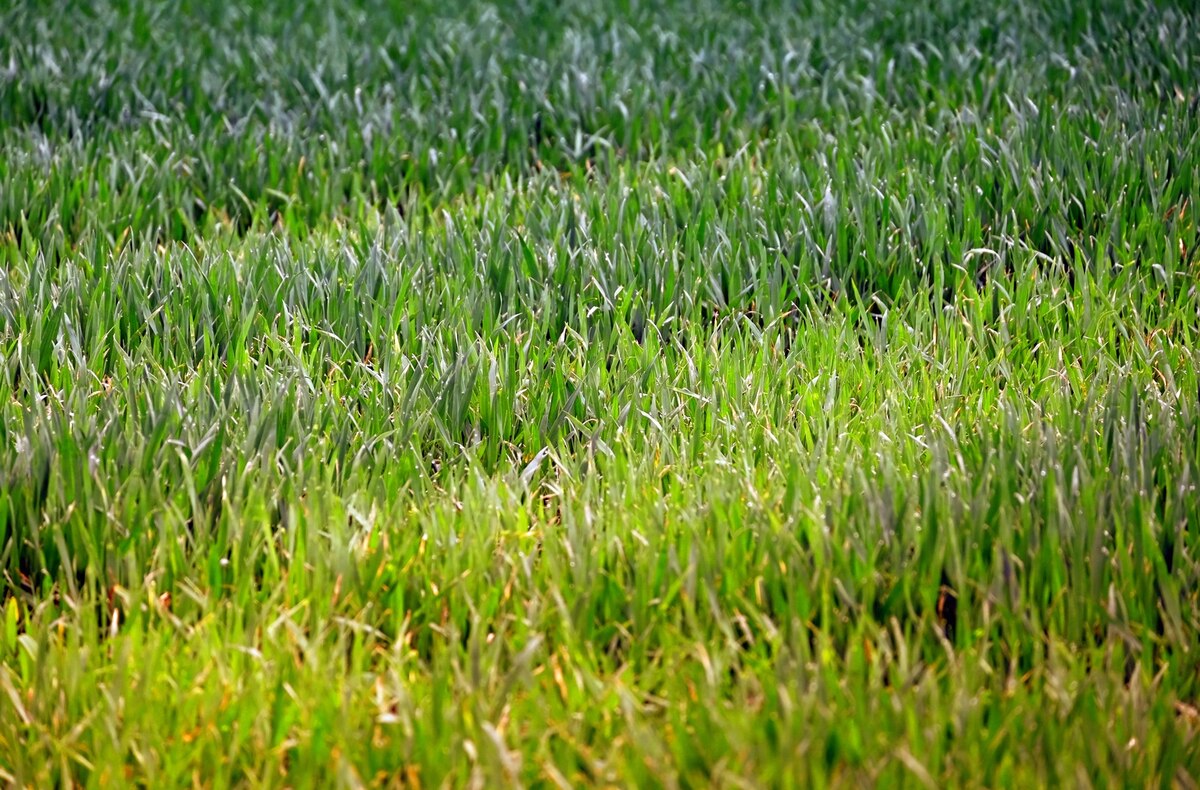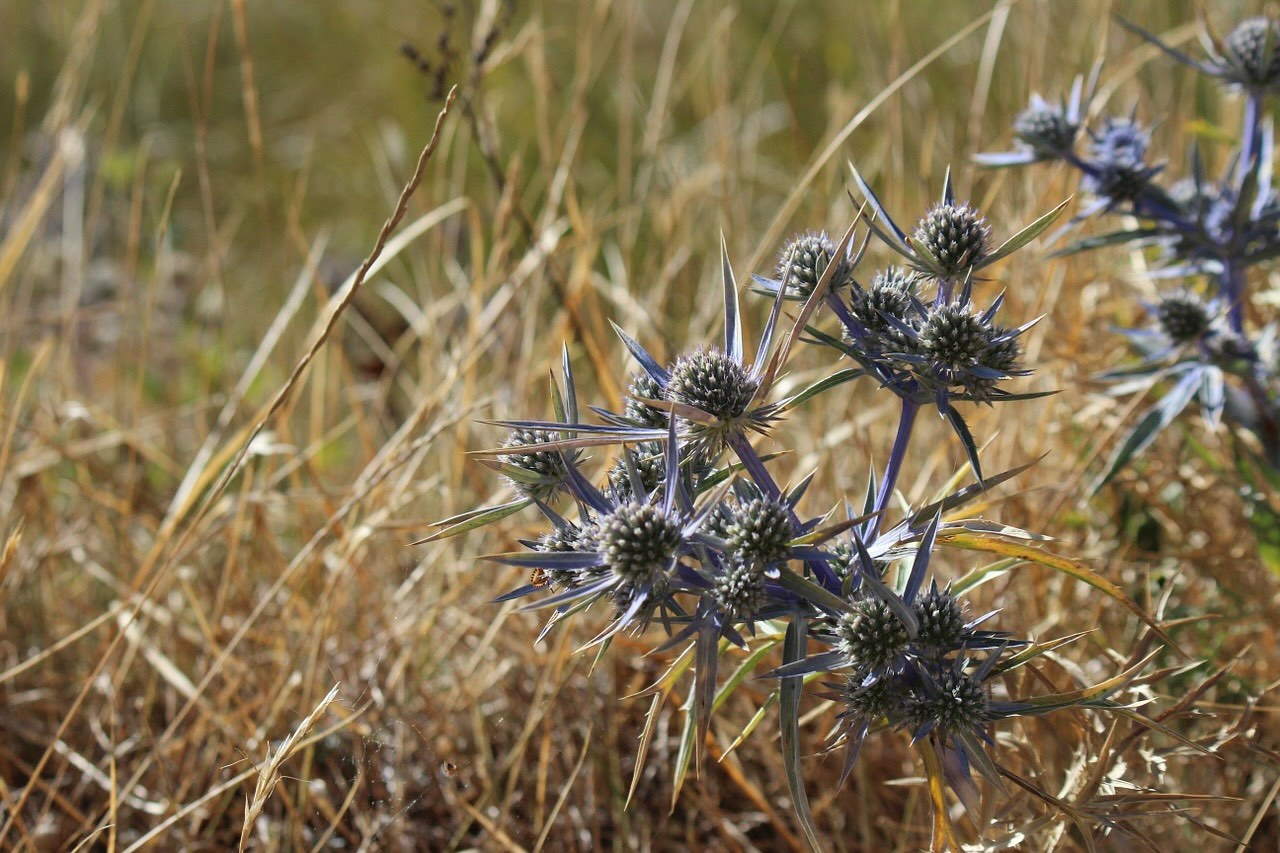Home>Gardening & Outdoor>Landscaping Ideas>How To Get Rid Of Meadow Grass


Landscaping Ideas
How To Get Rid Of Meadow Grass
Modified: April 1, 2024
Learn effective landscaping ideas to eliminate meadow grass from your yard. Discover expert tips and techniques for a lush, weed-free lawn. Ideal for homeowners seeking a pristine outdoor space.
(Many of the links in this article redirect to a specific reviewed product. Your purchase of these products through affiliate links helps to generate commission for Storables.com, at no extra cost. Learn more)
**
Introduction
**
Are you tired of dealing with meadow grass invading your lawn or garden? This pesky grass, also known as Poa annua, can quickly take over and disrupt the beauty of your landscape. However, with the right strategies and a bit of know-how, you can effectively eliminate and prevent the regrowth of meadow grass, restoring the lushness and vibrancy of your outdoor space.
In this comprehensive guide, we will explore various methods to tackle meadow grass infestations, ranging from manual removal techniques to chemical controls and preventive measures. Whether you are a seasoned gardener or a novice enthusiast, understanding how to combat meadow grass will empower you to reclaim your green spaces and create a flourishing environment for your plants and flowers.
Let's dive into the world of meadow grass and discover the most effective ways to bid farewell to this invasive nuisance.
Key Takeaways:
- Say goodbye to meadow grass by hand-pulling, dethatching, and overseeding. Opt for a natural approach to weed control and restore your landscape’s beauty.
- Prevent meadow grass regrowth by optimizing lawn care, aerating soil, reducing shade, and vigilant monitoring. Create an environment that discourages weed growth for a lush landscape.
Read more: How To Get Rid Of Grasshoppers
Understanding Meadow Grass
To effectively combat meadow grass, it is essential to understand its characteristics and growth patterns. Meadow grass, scientifically known as Poa annua, is a low-growing, annual grass species that can quickly spread and dominate lawns, gardens, and other landscaped areas. This grass thrives in moist, shady conditions, making it a common nuisance in lawns and ornamental beds.
Identifying meadow grass is crucial for targeted removal and control efforts. It typically features light green, boat-shaped seed heads and fine-textured leaves. Meadow grass often stands out due to its rapid growth and ability to produce copious amounts of seeds, leading to widespread infestations if left unchecked.
One of the key challenges in dealing with meadow grass is its prolific seed production, which enables it to reestablish itself quickly. Additionally, its ability to thrive in a variety of soil types and moisture levels makes it a resilient and formidable opponent in the battle for a pristine landscape.
By gaining insights into the growth habits and distinguishing features of meadow grass, you can develop a targeted approach to eradicate and prevent its regrowth, setting the stage for a healthier and more visually appealing outdoor environment.
Manual Removal
When tackling meadow grass infestations, manual removal can be a highly effective and environmentally friendly approach. This method involves physically uprooting the grass to eliminate both the plant and its seeds, reducing the likelihood of regrowth.
Here are some manual removal techniques to consider:
- Hand Pulling: For small patches of meadow grass, hand pulling can be a practical method. Grasp the grass near the base and gently pull upward, ensuring that the entire plant, including the roots, is removed. This process can be time-consuming but is crucial for preventing the spread of meadow grass.
- Dethatching: Thorough dethatching of the lawn can help remove meadow grass and its seeds that may be embedded in the thatch layer. Use a dethatching rake or a specialized dethatching machine to loosen and remove the layer of dead grass and debris, effectively reducing the presence of meadow grass.
- Overseeding: After manual removal, consider overseeding the affected areas with desirable grass species. This helps fill in the bare spots left by the meadow grass, promoting the growth of healthy turf that can outcompete any remaining meadow grass seeds.
While manual removal requires time and effort, it offers the advantage of minimizing the use of chemicals and promoting a more natural approach to weed control. By diligently employing these techniques, you can gradually reduce the presence of meadow grass and restore the visual appeal of your landscape.
Regular mowing and removing clippings can help control meadow grass. Applying a pre-emergent herbicide in the spring can also prevent new growth.
Chemical Control
When manual removal alone may not suffice in addressing extensive meadow grass infestations, chemical control methods can provide an effective means of eradicating this persistent weed. It is important to note that the use of herbicides should be approached with caution and in accordance with local regulations and guidelines.
Here are some key considerations and strategies for employing chemical control to combat meadow grass:
- Selective Herbicides: Selective herbicides designed specifically for grassy weed control can be applied to target meadow grass while minimizing harm to desirable broadleaf plants. These herbicides contain active ingredients that disrupt the growth and development of meadow grass, gradually leading to its demise.
- Pre-Emergent Herbicides: Pre-emergent herbicides can be utilized to prevent meadow grass seeds from germinating, thereby curbing its spread. These products form a barrier in the soil, inhibiting the growth of meadow grass seeds and reducing the likelihood of new infestations.
- Post-Emergent Herbicides: In cases where meadow grass has already emerged, post-emergent herbicides can be applied to actively growing plants. These herbicides target the foliage and root systems of meadow grass, effectively weakening and eliminating the weed.
It is crucial to carefully follow the instructions provided by the herbicide manufacturer and take necessary precautions to protect desirable plants and the surrounding environment. Additionally, consider consulting with a professional or a knowledgeable garden center to select the most appropriate herbicide for your specific meadow grass infestation.
When used responsibly and judiciously, chemical control methods can play a valuable role in managing meadow grass and restoring the health and beauty of your landscape.
Preventing Meadow Grass Re-growth
After successfully removing meadow grass from your landscape, it is essential to implement preventive measures to minimize the likelihood of its re-growth. By adopting proactive strategies, you can create an environment that is less conducive to meadow grass and more supportive of desirable plant life.
Consider the following preventive measures to discourage meadow grass re-growth:
- Optimize Lawn Care Practices: Maintaining a healthy and dense lawn through proper mowing, watering, and fertilization can help create conditions that are unfavorable for meadow grass. A well-nourished and robust turf can outcompete and suppress the re-establishment of meadow grass.
- Aerate the Soil: Aerating the soil promotes better air and water circulation, which can benefit desirable grass species while making it more challenging for meadow grass to take hold. By alleviating soil compaction, aeration enhances the overall health of the lawn.
- Promote Shade Reduction: Meadow grass thrives in shaded areas, so strategically pruning trees and shrubs to allow more sunlight to reach the lawn can help deter its growth. Additionally, consider planting shade-tolerant grass varieties in areas where shade is unavoidable.
- Regular Monitoring and Maintenance: Vigilantly inspect your lawn and garden for any signs of meadow grass resurgence. Promptly address any new growth to prevent the weed from establishing a foothold once again.
- Implement Mulching Practices: Utilize mulch in garden beds and around landscape features to suppress weed growth, including meadow grass. A layer of mulch acts as a barrier, inhibiting the germination and establishment of weed seeds.
By integrating these preventive measures into your landscape maintenance routine, you can create an environment that is less hospitable to meadow grass, promoting the long-term success of your weed control efforts.
Read more: How To Get Rid Of Crabgrass
Conclusion
Confronting meadow grass invasions requires a multifaceted approach that encompasses understanding the weed’s characteristics, employing effective removal techniques, and implementing preventive strategies. By combining manual removal, chemical control, and proactive measures, you can reclaim your landscape from the clutches of this persistent intruder.
Through manual removal methods such as hand pulling and dethatching, you can directly address existing meadow grass infestations while promoting the growth of desirable turf. Supplementing these efforts with selective herbicides and pre-emergent treatments can provide targeted control and prevent the re-establishment of meadow grass in your lawn and garden.
Furthermore, by optimizing lawn care practices, promoting soil aeration, and monitoring for any signs of meadow grass resurgence, you can create an environment that discourages the weed’s regrowth. These preventive measures not only mitigate the risk of future infestations but also contribute to the overall health and vibrancy of your outdoor spaces.
As you embark on the journey to banish meadow grass from your landscape, remember that persistence and a holistic approach are key. By staying vigilant and implementing the strategies outlined in this guide, you can enjoy a lush, meadow grass-free environment that showcases the beauty of your carefully tended lawns and gardens.
With a combination of knowledge, effort, and the right techniques, you can bid farewell to meadow grass and welcome a landscape teeming with flourishing flora and verdant expanses.
Frequently Asked Questions about How To Get Rid Of Meadow Grass
Was this page helpful?
At Storables.com, we guarantee accurate and reliable information. Our content, validated by Expert Board Contributors, is crafted following stringent Editorial Policies. We're committed to providing you with well-researched, expert-backed insights for all your informational needs.















0 thoughts on “How To Get Rid Of Meadow Grass”